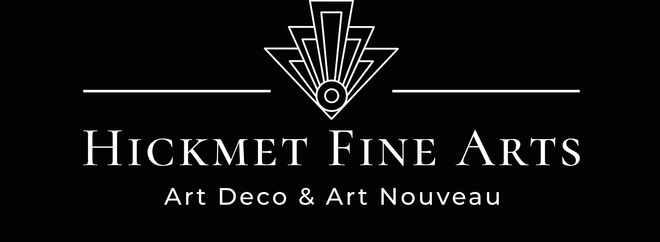BARYE, ALFRED
Sorry, there are no products in this collection
Alfred Barye (French, 1839 ~ 1882) was born in Paris, France, on 21 January 1839, the son of Antoine-Louis Barye. He learned his craft of animalier sculptor under the watchful eye of his father who was one of the original pioneers of animal sculpture in the mid-to-late 19th century. The younger Barye didn’t always get along with his father; there were times when the two of them were not on speaking terms because until instructed not to do so, Barye was signing some of his bronzes as “A. Barye” which the senior Barye objected to because it created confusion as to which Barye, father or son, created the sculpture.
He specialized in the animalier school in the production of bronze sculptures. Although a fine artist in his own right, he struggled to create his own identity living in the shadow of his more famous father. The vast majority of his pieces are signed “A. Barye, fils” while some are marked “Barye” or “A. Barye” which created some confusion – intentional or not – with those of his father. The majority of the sculptures leaving the Barye foundry were sand castings rather than lost-wax castings. Alfred typically used mid-brown patinas but would sometimes add green (a colour famously used by his father) and auburn-coloured hues in the patination process. Any Barye bronze – by father or son – will generally have an exquisite patina. Antoine-Louis was particularly finicky with his patinas and would not allow other foundries to apply them, preferring to do it himself for appearance and quality control purposes. Alfred, too, would not let a sculpture leave his workshop without a perfectly applied and visually pleasing patina.
Alfred Barye is known for the precision detail in his bronze sculptures, He produced a number of bird sculptures as well as genre figures. He received “honourable mention” honors in the 1897 Salon for the work Aide Fauconnier Indien, Retour de Chasse à la Gazelle. Alfred Barye’s final submission at the Salon de Louvre was in 1882
